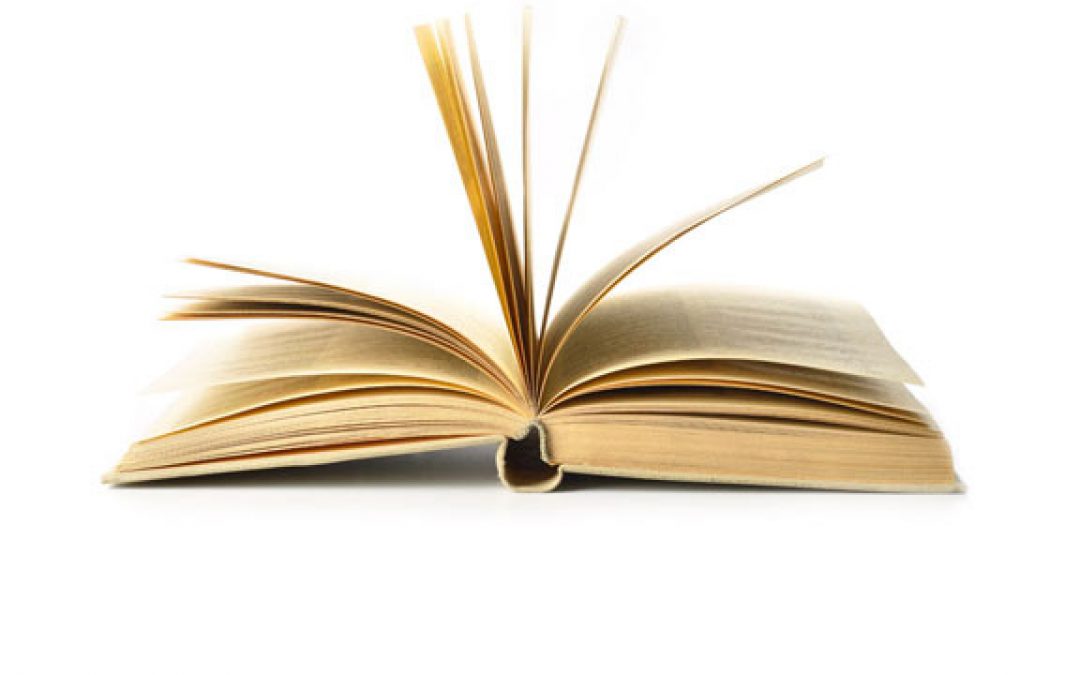If you multiplied the number of books that I have purchased in the past six months (both electronic and printed) by the number of hours that it would take to read them, it would probably amount to over 400 hours. How could anyone free up 400 hours or more from a busy schedule to do the necessary reading? It would take more than a year. And by then I would have already purchased twice as many more books than I had just read.
It would be an impossible task.
In the past 5 years, I have probably read less than five or six non-fiction books from cover to cover. These are the books that I have not only read and highlighted, but also have made notes in the margins. These books would be what I would suggest are classics in the field of time management, such as “Do it tomorrow” by Mark Forster, “The art of time” by Jean-Louis Servan-Schreiber or “How to get control of your time and your life” by Alan Lakein.
Probably 5% of the books in my current library have yet to be opened. (I say “current” since my library changes over the years as newer topics start to influence my approach to time management or peak my interest. And I tend to get rid of the ones of limited value to avoid being overwhelmed.) About 20% of my books have been skimmed only, with fewer highlights in most of the chapters and fewer marginal notes. About 30% have had less than half the chapters skimmed and highlighted, and the balance only a chapter or two visited – those that seemed of interest when I first viewed the book.
In all of my books, with only a few exceptions, you can find highlighted portions and notes of my own – cryptic comments, question marks, and ideas that grabbed me as I read.
I have always considered it profitable if I could get an average of one new idea from every book I purchased. Ideas are invaluable. And this doesn’t take into consideration the spin-off value of those ideas. An idea, phrase or even a single word from a book could jump-start a completely different idea – that in turn could end up being the title of a book or the topic of a new article or a tweet.
The age of the book doesn’t matter. Some of my best ideas were generated by books from the 1980s, 1950s and even earlier. Books do not have “best before” dates.
The key, in my opinion at least, is to get the idea out of the book and onto a “launching pad” of some sort – a Journal, To Do list, Priority Pad or whatever. Never leave an idea or your written notation buried in the pages of a book. If you do, most it will be lost forever – negating any value you received by buying and skimming or reading the book in the first place.
And knowledge without application is like a book that was never read.
Books are expensive. But you have to read a lot if you want to write a lot. And there are ways you can reduce costs. eBooks are less expensive to start with and you can cut costs further by signing up with Bookbub.com. They send daily emails listing two or three books that are on special at Amazon.com – complete with links so you can check them out. You can also indicate your area(s) on interest. The specials are usually 99 cents or $1.99, and others either free or $2.99. They are for the most part, not inferior books, with many best-sellers that have had their day on the bookshelves.
Hardcopy print books are expensive; but sometimes the paperback version is printed and available at the same time. Or you can wait. Bookstores frequently have new releases with a “25% OFF” sticker. I’m fortunate because my sons usually give me Amazon gift cards for Christmas and birthdays as well.
And don’t forget that non-fiction books bought for business purposes are tax deductible. I charge them to “Research.” And even at full price, I can say that books are an essential expense, on a par with educational courses, seminars and conferences.


Recent Comments